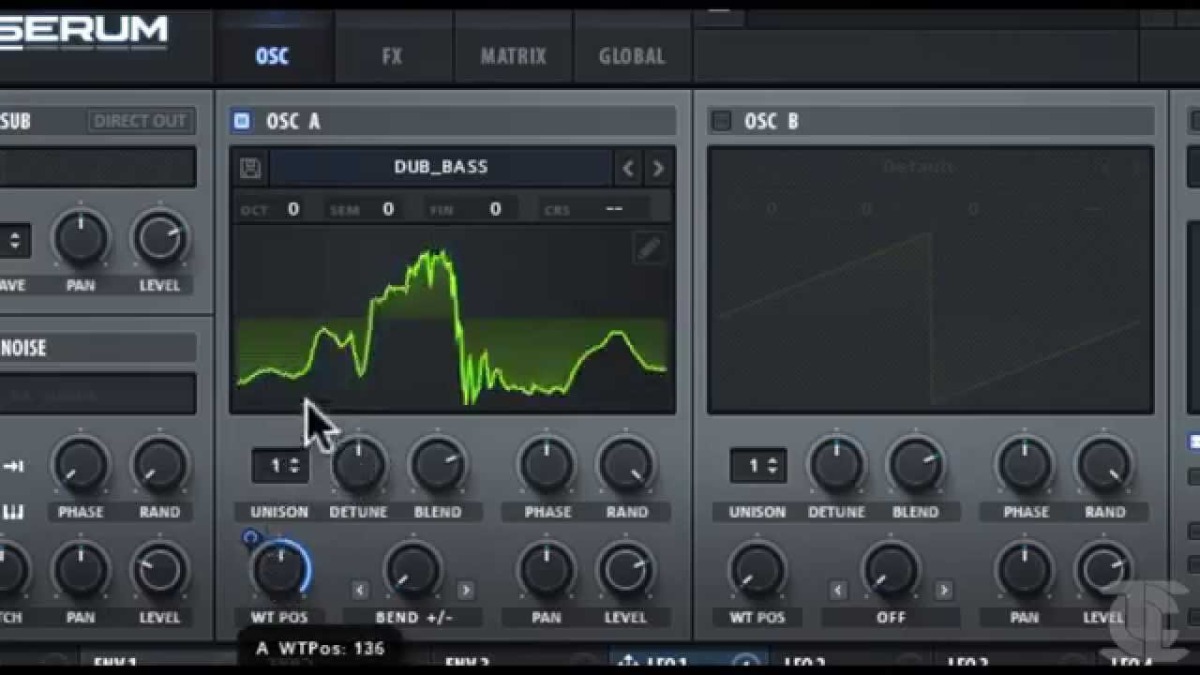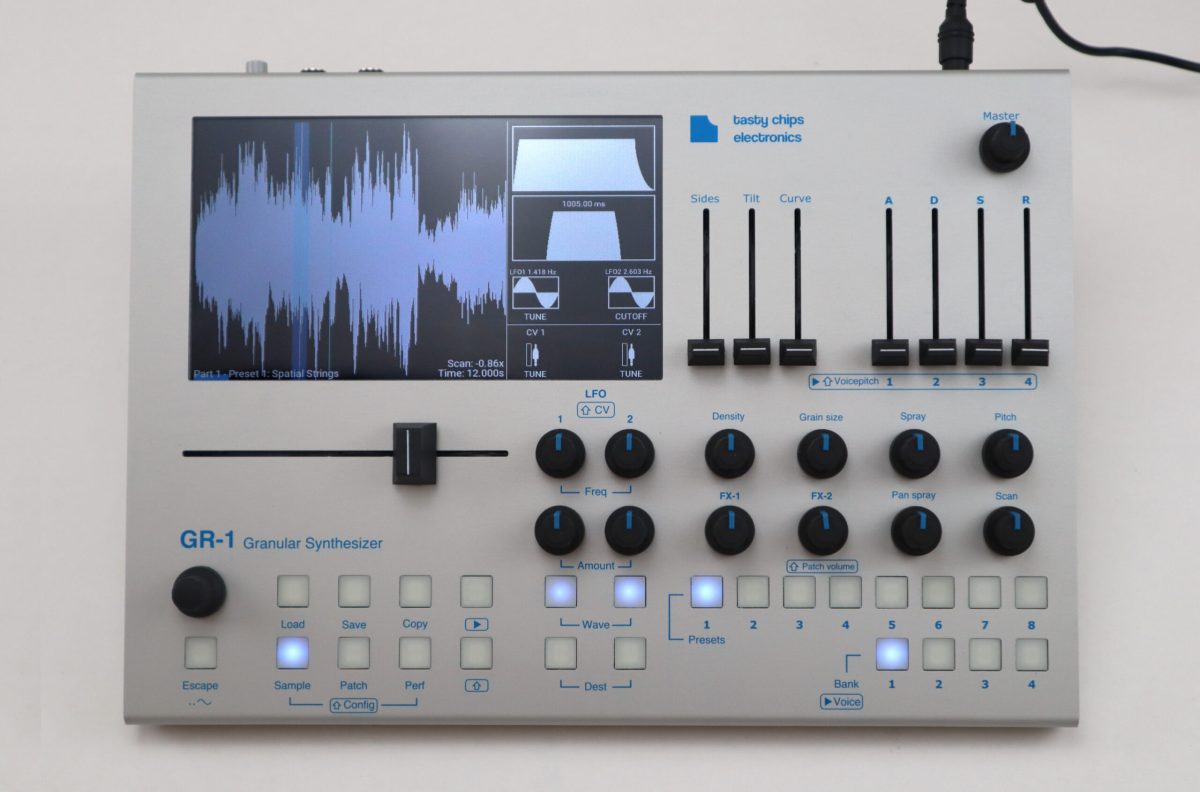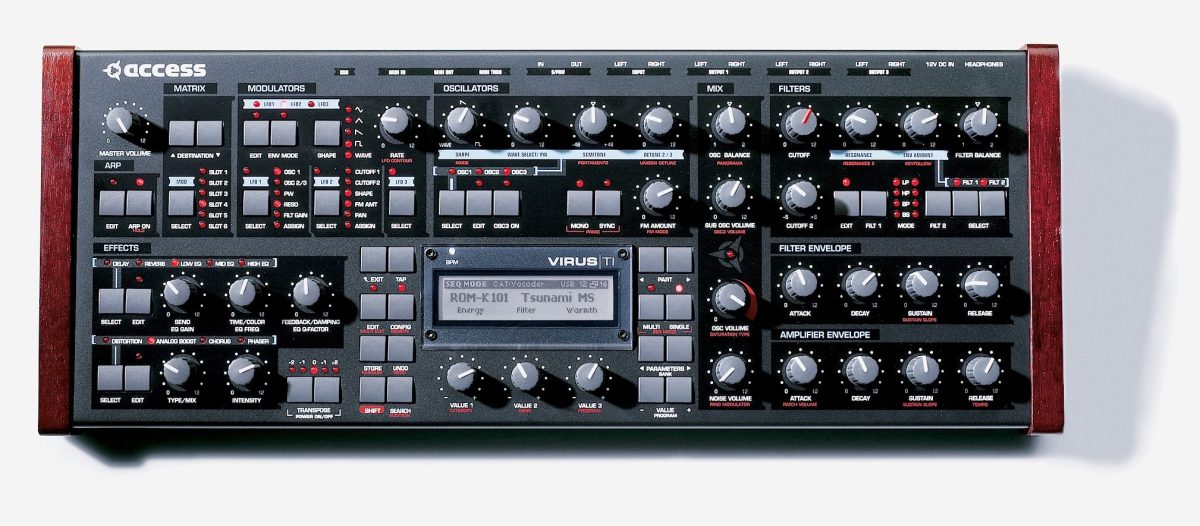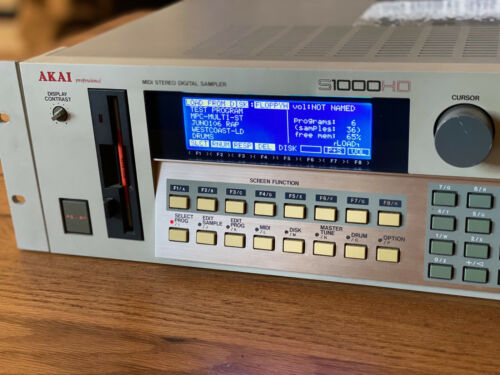A software synthesizer is a type of synthesizer that runs on a computer, as opposed to a hardware synthesizer which is a physical, electronic device. Virtual synthesizers, digital synthesizers, and softsynths are other names for software synthesizers. They could be standalone applications or plugins for a digital audio workstation (DAW) program. They can function on many operating systems, including Windows, Mac, Linux, and portable devices.
A software synthesizer typically produces sound using mathematical algorithms and can be programmed to mimic the sounds of classic analog synthesizers or to produce brand-new, original sounds. Oscillators, filters, envelopes, and modulation are just a few sound-shaping tools and features typically present in them. In addition to offering a large selection of presets, many software synthesizers also allow users to design and save their sounds.
Software synthesizers have many advantages over hardware synthesizers, including lower cost, ease of updating and adding new features, and the capacity to run multiple instances of the same synthesizer simultaneously. Additionally, they can produce intricate and changing sounds that are impossible with conventional hardware synthesizers.
Examples
- Xfer Serum
- Native Instruments Massive
- Ableton Live’s Operator
- Logic Pro’s ES2
- Reason Studios Synth Rack
- Arturia’s Synth Lineup








